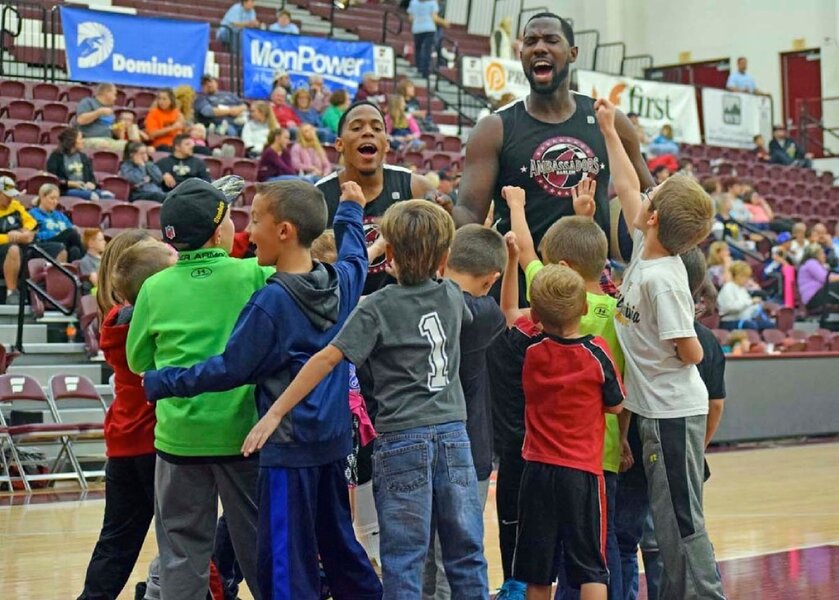A new take on holiday giving
Loading...
Thanksgiving marks the start of the “giving season,” a time of holiday reminders to be more selfless toward others, especially the less well-off. This year, however, giving is taking new turns.
Traditional ways of giving to charities are changing fast. Younger adults want more hands-on influence over the use of their donations, for example, in what’s called impact giving. But the most striking shift is that big charities such as the United Way, Salvation Army, and American Red Cross no longer receive the most contributions. A financial firm does.
In an annual ranking of the largest nonprofits, the Chronicle of Philanthropy puts the Fidelity Charitable Gift Fund at the top in 2016. An arm of Fidelity Investments, the Boston-based wealth management company, the fund is one of many financial firms that allow donors to set aside money for giving – and immediately gain the tax benefit – but decide later when or where to distribute it. Fidelity merely holds the money while it gains value through investments and then disburses the funds to a designated charity.
Known as donor-advised funds, the amount of assets in these specialty accounts has grown from $11 billion in 2007 to $70 billion in 2014. The average amount has also risen to more than $300,000. Overall, their popularity is shaking up the charity sector by giving more control to donors and, perhaps, making it easier for people to give.
Individuals are still the largest givers in the United States, more so than foundations and corporations. They gave $265 billion last year, or two-thirds of all donations, according to the Giving USA 2016 report. Yet overall giving remains flat as a percentage of the economy.
That does not mean giving is a small matter. A survey by U.S. Trust of people with more than $1 million in assets found that most of these wealthier Americans believe charitable giving and volunteering provide the better opportunity for a positive effect on society than voting or contributing to a political candidate.
In whatever ways new technologies or incentives change giving, it is still an activity that mostly comes from the heart. As donors seek more control over their donations, they are also making sure the money is well spent and produces fruitful results. In many cases, this creates a bond between the giver and the recipient, leading to more gratitude and a virtuous cycle of giving. Such relationships are a bountiful harvest – something to celebrate this Thanksgiving.





